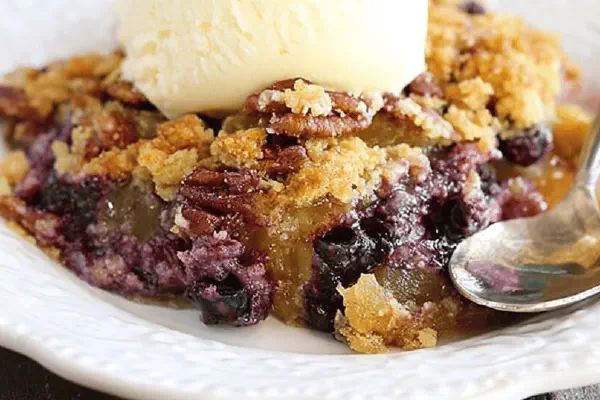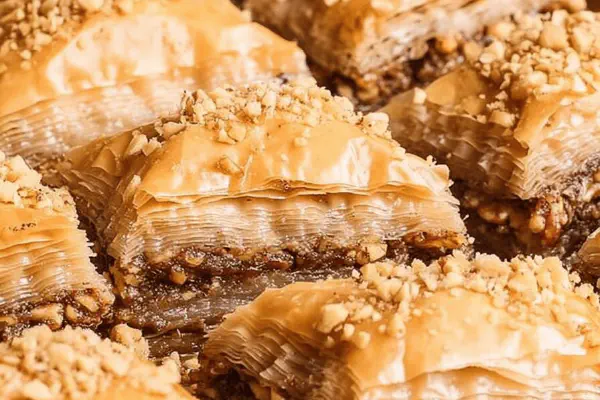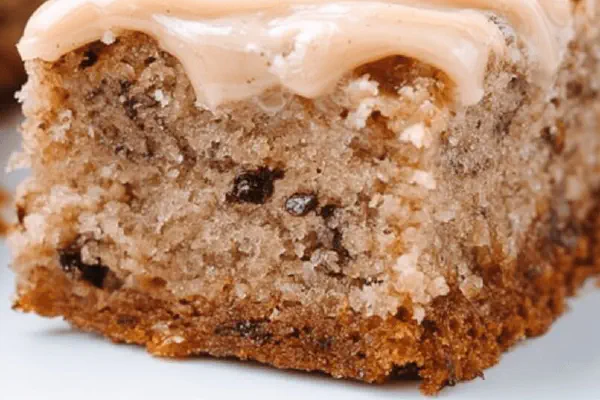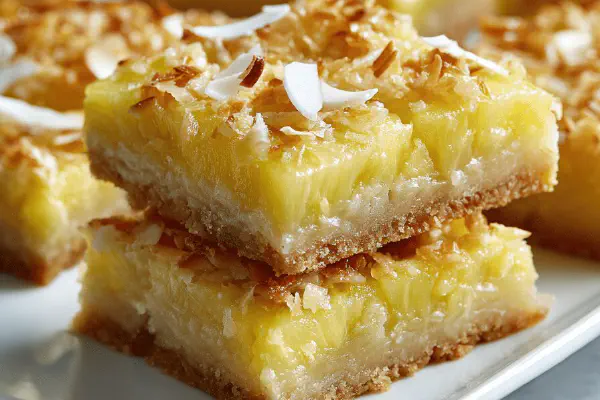Pineapple Blueberry Crisp

By Emma
Certified Culinary Professional
Ingredients
- 1 can crushed pineapple approximately 20 oz drained with juice reserved
- 1 can blueberry pie filling about 21 oz
- 1 1/2 cups dry yellow cake mix
- 1/2 cup chopped walnuts substitute pecans or almonds
- 3/4 cup unsalted butter melted
- Optional: 1/2 teaspoon ground cinnamon for topping
About the ingredients
Method
Preparing dish and fruit layer
- Preheat oven to 355°F or until your oven just hits that modest heat target. Grease a shallow 9X13 pan thoroughly with butter or spray. Drain pineapple but reserve about 1/4 cup juice to add moisture if needed later.
- Dump pineapple across bottom. Spread carefully to get even coverage but don’t mash. Spoon blueberry filling straight over the pineapple, evenly layering for sweetness contrast. Don't mix; keep those layers distinct or you lose the textural contrast.
Topping and baking
- Sprinkle yellow cake mix over fruit gently — no pressing. The dry mix acts like a crumbly crust once baked. Toss cinnamon here if you want a subtle warmth. Scatter chopped walnuts evenly. Subbing pecans or almonds won’t shift texture but changes nuttiness—try what’s at hand.
- Drizzle unsalted melted butter evenly; some spots might hold more butter, which leads to pockets of buttery crunch. Resist stirring or pressing the topping — the drizzle is your binder. If butter skims too quickly, warm gently again.
- Slide into oven middle rack. Watch the edges for bubbling juices and a browning top. Usually around 37-40 mins. If top edges brown too fast but filling stays sloppy, cover loosely with foil and continue baking. Ovens vary—humidity and altitude shifted my timing repeatedly over the years; trust your eyes.
Serving and storage
- Cool 10 minutes minimum. Serve warm. Scoops of vanilla ice cream or a dollop of whipped cream live here well. Leftovers reheat fine but expect less crispness. Helpful to cover with foil in fridge.
- If fresh pineapple on hand, chop and roast separately to avoid watery mess. Or drain canned too long. Mint leaf garnish freshens the sweet heaviness.
- Store airtight up to 3 days. Nuts can get soggy faster. Dry topping should resist mush if you keep crisp tips in mind.
Tips and troubleshooting
- If topping soggy, bake uncovered a few extra minutes after removing foil. Butter melts too fast when not warmed enough; temper by microwaving with caution to avoid scorching.
- Avoid stirring fruit layers; you want color and texture contrast in each bite.
- Nut allergies? Use seeds or omit nuts completely; add oats or coconut flakes instead for crunch.
- Cake mix sweet? For less sugar, try a plain biscuit mix with a pinch of sugar added.
- Visual signs dominate. Look for golden brown cover that slightly cracks and bubbling fruit underneath before pulling.
- No crumble topping? Blend flour, brown sugar, and cold butter chopped small; slap on as alternative.
- Experience taught me layering fruit separately maintains bright color and flavor rather than a grey smush. Texture above flavor complexity here.
Cooking tips
Chef's notes
- 💡 Butter needs low heat melting so it wont soak into dry cake mix too fast. Warm puddles create crust pockets that crisp on edges. Don’t stir butter after drizzling. Uneven spots mean crunchy nibble bursts when baked. Cake mix topping stays crumbly if dry before butter hits; pack lightly for texture contrast; wet topping bakes gluey. Adjust butter amount a bit for fattiness preference.
- 💡 Baking temperature varies over ovens, humidity shifts timing—a few minutes random additions or foiling the top if browning too soon. Watch bubbling fruit juices rise along pan edges as primary doneness clue. Small cracks over top means sugar caramelizing. Remove from oven when crust still hot but set; cool a short time so juices thicken just a little, prevents soggy bites.
- 💡 Nuts can swap pecans, walnuts, almonds. Crunch texture shifts from buttery smooth (pecans) to crunchier snap (almonds). Toast nuts lightly pre-use to deepen flavor if raw tastes dull. Nut allergies? Oats or shredded coconut work well for crunch but lose butter richness. Cake mix can swap for plain biscuit mix to pull sugar back a touch; may need little more butter or moisture adjustment.
- 💡 Fruit layering critical; keep pineapple drained but reserve some juice to add moisture if dry or crumble topping looks too thirsty. Avoid mixing fruit layers to preserve visual contrast and keep bites distinct. Fresh pineapple? Chop small and roast separately to keep water content down; else filling risk runs thin, topping soggy. Canned fruit quality impacts final moisture and sweetness greatly.
- 💡 Leftovers lose crisp fast; reheat briefly under broiler with close watch to restore crunch. Covering crisps in fridge stalls sogginess but nuts soften over few days. If topping soggy after storage, rebake uncovered to firm a little. Butter quality affects flavor and melt rate, salted vs unsalted shifts taste and crust browning speed. Cinnamon or optional warming spices can be added to dry mix for subtle aroma changes.
Common questions
Can I use fresh pineapple?
Chop small first. Roast before layering else wetness kills crisp. Canned drained but some juice saved keeps moist balance. The water content can wreck texture if ignored. Fresh needs more prep but brighter tang; canned more predictable.
What if topping soggy?
Bake uncovered extra minutes after foil or extended bake. Butter not warmed or fully melted causes poor binding; warm gently then drizzle. Too much liquid? Cut down juice reserved. Alternative dry crumb mix swaps help too. Crunch comes from dry, avoid mixing fruit layers in topping.
How to handle nut allergies?
Replace nuts with seeds or oatmeal. Changes texture but holds bite. Raw or toasted seeds add variety; coconut flakes provide crisp but lacks buttery depth. Omit entirely if needed, maybe increase butter or oats to bind crumb topping properly.
How to store leftovers?
Cover tight in fridge up to 3 days. Nuts soften fast so texture dulls. Reheat under broiler briefly to re-crisp top but watch like hawk or nuts burn. Can freeze in airtight container but texture changes; thaw in fridge, warm gently. Not as fresh but handy.



